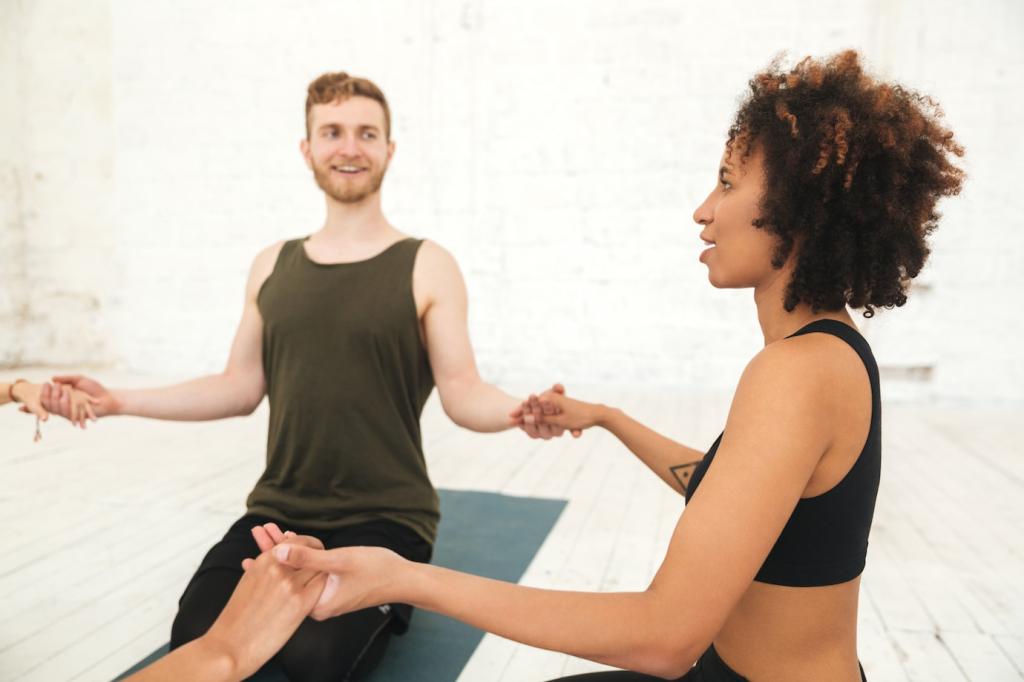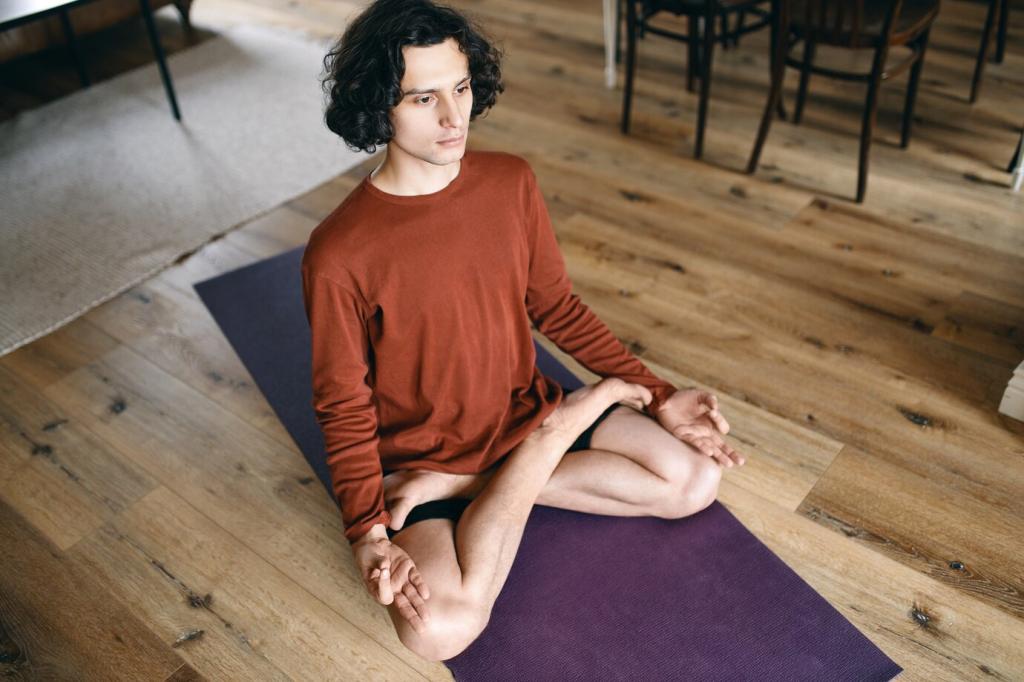Why Pre-Workout Meditation Works
Pre-workout meditation nudges your nervous system toward an optimal arousal zone, lowering noise without dulling energy. With steadier breathing and a settled gaze, attention narrows onto the task, helping you hit cues, tempos, and lines with precision. Try it before warm-up and notice how drills feel crisper.
Why Pre-Workout Meditation Works
Anticipation can spike stress hormones and scatter thoughts. A brief meditation smooths that curve, replacing jittery energy with grounded readiness. Athletes often report a subtle shift: less self-talk spirals, more present-task clarity. Share in the comments whether two minutes of quiet changes your first working set.






